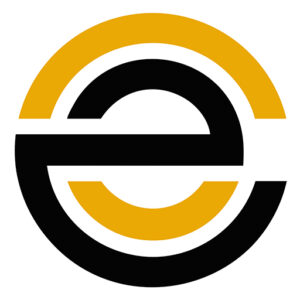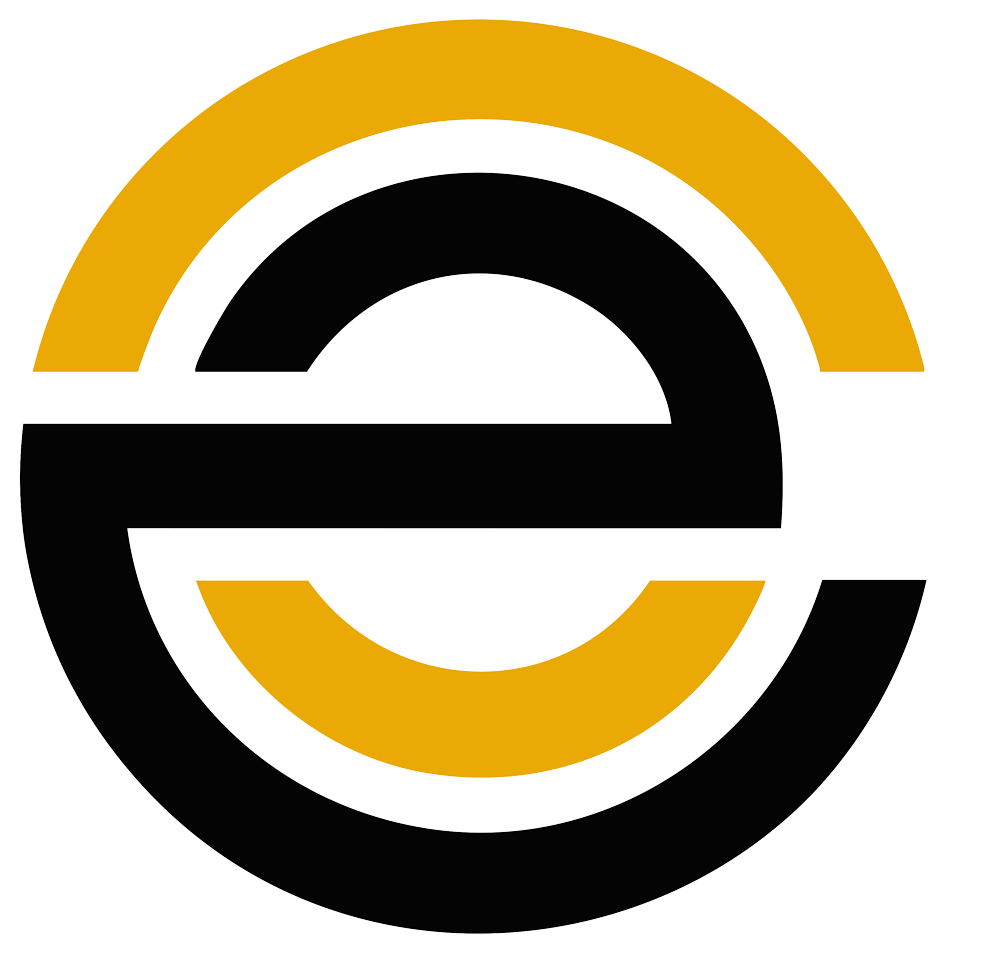Design Concept:
For the “London Time-lapse” project, I focused on selecting dynamic scenes of London’s landmarks to encapsulate the city’s vibrancy and energy. Through e-Content Storytelling, I crafted a visual narrative that conveyed the spirit of London using time-lapse techniques in Adobe Premiere. The storytelling approach was crucial in creating a compelling, short-form video that conveyed a rich, emotional connection to the viewer while maintaining brevity and visual appeal.
Similarly, in the “The 4 Seasons of the Year,” I used e-Content Storytelling to capture the essence of each season. Extensive research and digital design were employed to ensure that each season’s unique characteristics were visually represented. The use of Photoshop to create detailed seasonal imagery further supported the storytelling, immersing the audience in a compelling, visual journey through the cycles of nature.
Outcome:
These projects underscored the importance of e-Content Storytelling for effective consumption by turning abstract concepts like the passage of time and seasonal change into easily digestible and memorable visual stories. In both projects, storytelling became the vehicle through which complex narratives were simplified, delivering powerful emotions and themes within a concise timeframe. This reinforced the value of e-Content Storytelling as a crucial tool for engaging audiences in a content-saturated digital landscape.
My Role in the Project:
As a Graphic Designer, my responsibilities included:
- Interpreting the brief and understanding the client’s objectives.
- Conducting research and brainstorming to develop creative ideas.
- Creating sketches and prototypes to visualize the narrative and design.
- Incorporating feedback and refining the design for final approval.
- Reviewing and enhancing the final design to ensure its effectiveness.
The integration of e-Content Storytelling into digital design not only elevated the visual appeal of each project but also ensured that the narratives connected with the audience on an emotional level. These experiences reinforced how storytelling, when paired with effective design, can create e-content for effective consumption that leaves a lasting impression.
Graphic Design and Image Optimization Software Used:
- Adobe Creative Cloud
- TinyPNG
- ShortPixel
- Let’s Enhance
- Ideogram
 Effective e-Content Storytelling in Digital Design Projects
Effective e-Content Storytelling in Digital Design Projects












